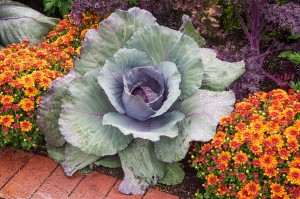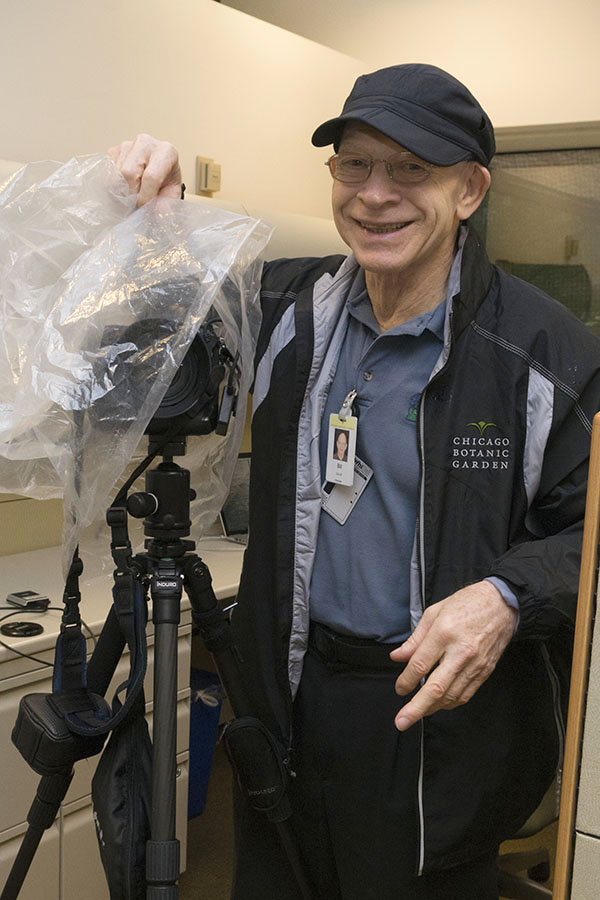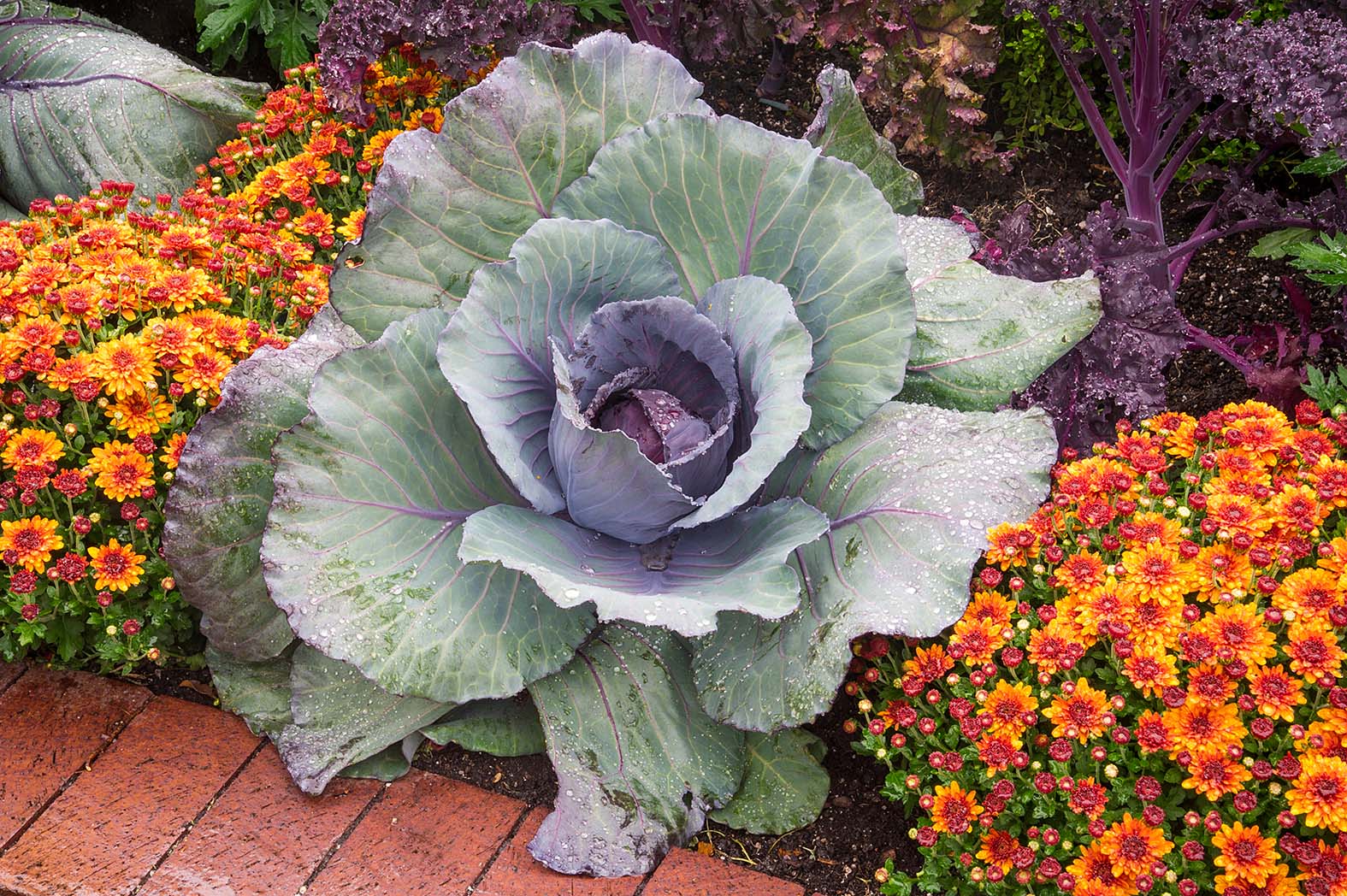 Fall is a great time of year to challenge yourself to compose images that include complementary color relationships. Wet surfaces make colors more vibrant. Stone and masonry take on rich tones and show more color variation than when they are dry. This photo by volunteer Bill Bishoff was taken during a light rain. Notice how the bricks appear with a vibrant rosy surface that otherwise would appear pale.
Fall is a great time of year to challenge yourself to compose images that include complementary color relationships. Wet surfaces make colors more vibrant. Stone and masonry take on rich tones and show more color variation than when they are dry. This photo by volunteer Bill Bishoff was taken during a light rain. Notice how the bricks appear with a vibrant rosy surface that otherwise would appear pale.
This image also takes advantage of complementary colors to make the subject pop. Complementary colors appear opposite one another on the color wheel— blue/orange, red/green, and purple/yellow. Together, complementary colors appear brighter. In this image, Bill includes two complementary pairs—purple/yellow and red/green.
 It is important to make sure you and your equipment are protected from the rain. You don’t need anything more complicated than a plastic bag and a handkerchief. Poke a hole in one end of the plastic bag for your lens, and peek in the other side when you are ready to take a picture. The handkerchief helps to dry off any raindrops that fall on your lens. If you use a UV filter on the end of your lens, you can safely wipe it dry it without worry of scratching the lens. If any damage occurs, you need only replace the filter, not the lens.
It is important to make sure you and your equipment are protected from the rain. You don’t need anything more complicated than a plastic bag and a handkerchief. Poke a hole in one end of the plastic bag for your lens, and peek in the other side when you are ready to take a picture. The handkerchief helps to dry off any raindrops that fall on your lens. If you use a UV filter on the end of your lens, you can safely wipe it dry it without worry of scratching the lens. If any damage occurs, you need only replace the filter, not the lens.
Keeping yourself dry is also a good idea. If you are caught without an umbrella, there are plenty of dry vantage points around the Garden. You could appreciate the vistas from the comfort of McGinley Pavilion, or enjoy the solitude of McDonald Woods from the woods shelter.
During fall, sunny days can become scarce, but an overcast or rainy day can also be a great photo opportunity.
Join us on the first Saturday of every month for a photo walk in the Garden. We’ll cover a different subject each month and take some photos together.

